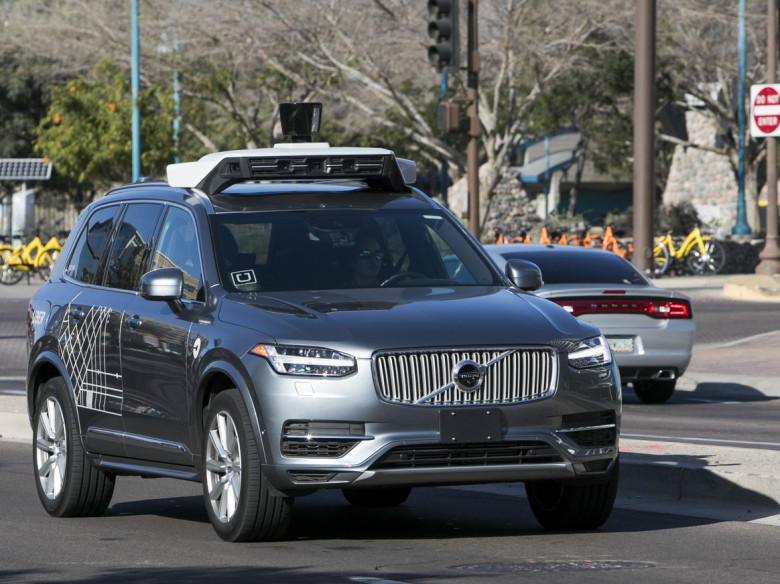Uber's Self-Driving Car Saw the Woman It Killed, Report Says
The federal investigators examining Uber’s fatal self-driving crash in March released a preliminary report this morning. It lays out the facts of the collision that killed a woman walking her bicycle in Tempe, Arizona, and explains what the vehicle actually saw that night.
The National Transportation Safety Board won’t determine the cause of the crash or issue safety recommendations to stop others from happening until it releases its final report, but this first look makes two things clear: Engineering a car that drives itself is very hard. And any self-driving car developer that is relying on a human operator to monitor its testing systems—to keep everyone on the road safe—should be extraordinarily careful about the design of that system.
The report says that the Uber vehicle, a modified Volvo XC90 SUV, had been in autonomous mode for 19 minutes and was driving at about 40 mph when it hit 49-year-old Elaine Herzberg as she was walking her bike across the street. The car’s radar and lidar sensors detected Herzberg about six seconds before the crash—first identifying her as an unknown object, then as a vehicle, and then as a bicycle, each time adjusting its expectations for her path of travel.










































































